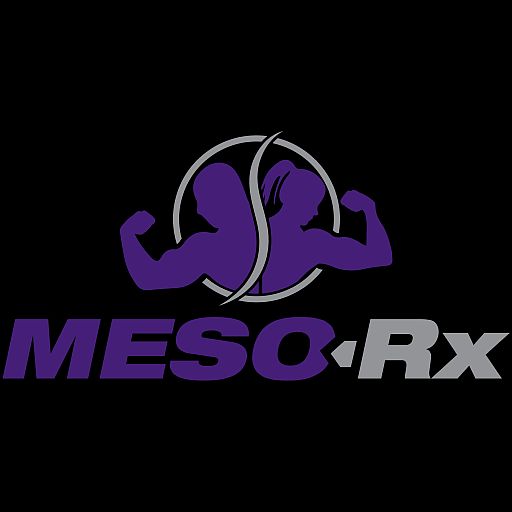@Millard please review, I know this one might have required additional editing given its appearance in web vs. editing views.
First, let's make sure we understand the dstinction between progestins and progestagenic androgens. I will refer you to:
Introduction Prolactin: Protein (peptide hormone; 227 AA, ~26 kDa) encoded by the PRL gene that primarily acts on the mammary gland to promote lactation Progesterone: Female sex steroid hormone (C21-steroid, 20-oxo steroid, 3-oxo-Delta(4)) that primarily acts to maintain pregnancy & decrease...

thinksteroids.com
The distinction between trenbolone's gestagenicity vs. MENT's is that trenbolone's arises out of its triene (Δ4,9,11) structure vis-à-vis broad homology among the ligand-binding domains of the classical nuclear steroid receptors that share a common relatively low sequence identity.
In the case of trenbolone, its Δ4,9,11 double bonds result in a flattening of the steroid molecule which leads to conformation that is less hindered for AR binding. Since C-7 is sufficiently distal from C-3 and C-17, these double bonds see minimal steric or stereoelectronic interfere with the important interactions between the AR and the carbonyl- and hydroxyl- groups of the steroid. The combination of a 17α-side chain and conjugated Δ4,9,11-double bonds in the case of trenbolone, in the presence of hydrophobic substituents, leads to a steroid that is able to bind firmly not only to the AR and PR, but also to the MR and GR.
Conversely, in the case of MENT, its substitution of a methyl group in the 7α- position, while too serving to flatten the steroid molecule – perhaps facilely appearing as analogous to trenbolone – is distinguished from trenbolone by its:
(a) binding with considerably less potency to AR, reducing antiestrogenic and androgenic potency, and
(b) aromatizing to the most potent known estrogen as well (whereas trenbolone does not aromatize).
Since progestins
increase estrogen sensitivity and
combine synergistically with estrogens to cause hypertension, edema, gynecomastia, and other estrogenic & gestagenic maladies, MENT stands quite apart from trenbolone in its reduced efficacy versus trenbolone, given
trenbolone's myriad practically applicable unique effects.
In summary, whereas trenbolone is a most potent nonaromatizable androgen, a member of the Δ4,9,11 steroids (trienes; e.g., trenbolone & metribolone & THG, "The Clear"), a class that possesses notable structural flexibility due to conformational mobility coupled with remarkable AR transactivation potency, MENT is by contrast a mild anabolic – (to wit, unmethylated Cheque drops which is itself used as a pure androgen without hardly a scintilla of significant anabolic effects in man). MENT combines its unremarkable anabolism with the
most potent known estrogen, 17α-methylestradiol, synergistic in its harms, along with MENT's > 120% potency at the PR (progesterone receptor) versus trenbolone's.

 thinksteroids.com
thinksteroids.com

 thinksteroids.com
thinksteroids.com


